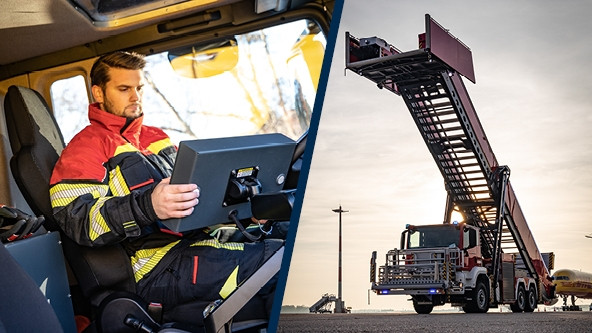
Rosenbauer’s rescue stairs
To keep the technology of its products state-of-the-art, highly efficient and safe, Rosenbauer strives for improvement on a regular basis. For the airfield rescue stairs, that meant that the company has recently overhauled the electronic architecture and the related software development process as part of the continual product improvement. This included reducing the number of electronic control units (ECUs) in use (read more here) as well as reducing the electronics used for hydraulic valves and the associated software development process.
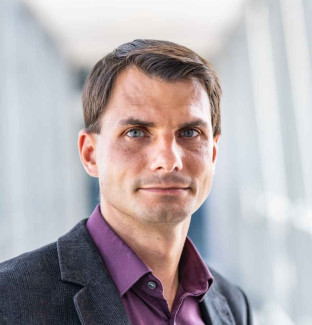
“In this project, we have done pioneering work in the way of application software development at Rosenbauer,” says Thomas Mitter, Head of Engineering Electronics and Electrics at Rosenbauer. “Together with our partner TTControl, we made a huge step forward in programming, testing and simulation that will benefit the safety of our customer on an airfield.”
In the first step, the electronics of the hydraulic valves were drastically reduced. In the previous generation, each valve of a valve manifold had a small electronics module integrated, which was controlled via an individual PWM signal. The complexity of the system was now reduced through the elimination of the electronics on the valves by using two outputs for each valve. The TTControl ECU has everything on board for this purpose. It has sufficient outputs and each PWM output can measure its current. The accuracy of the current measurement is sufficient for moving the valve in every position via current control without a sensor on the valve. Only actuators with position control are equipped with sensors, while all speed control is performed without sensors.
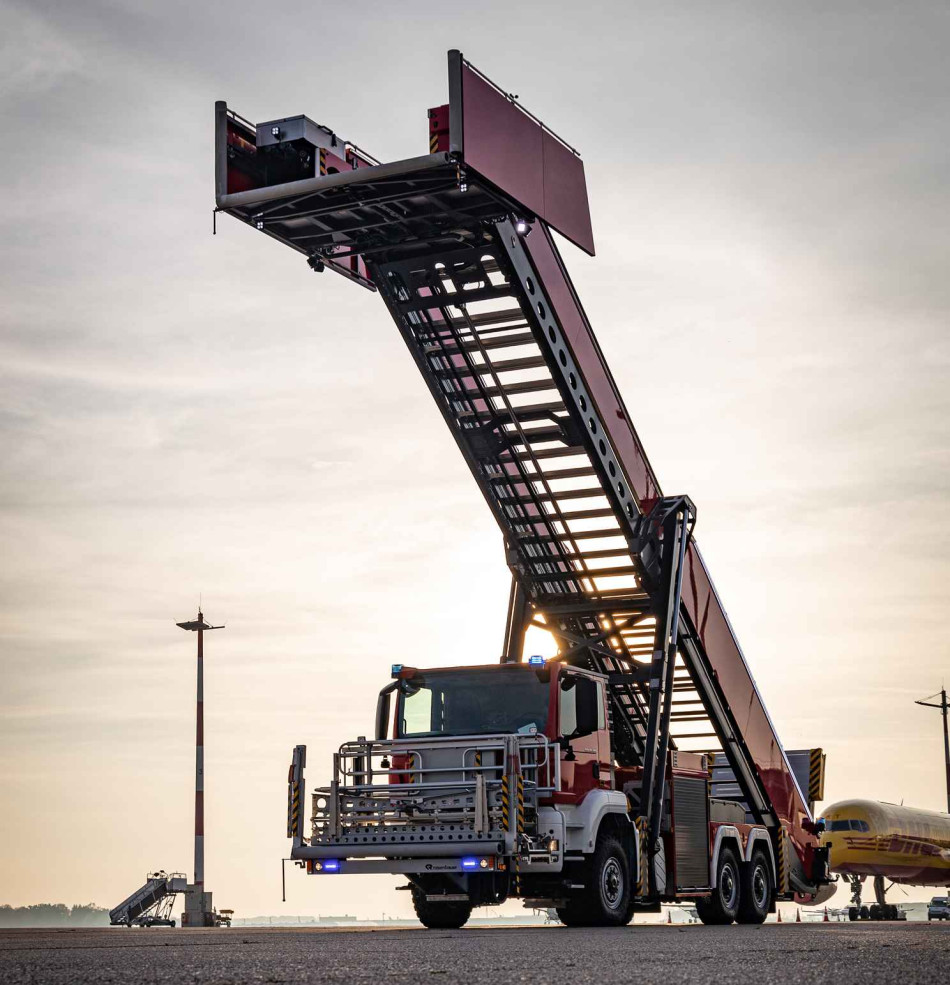
Software development under all wind and weather conditions
In the past, software development started on the desk and nobody knew how the code would behave in the machine. Therefore, the real work started when the programmer sat at the machine. As a machine the size of Rosenbauer’s rescue stairs can only be operated outdoors, the programmer is exposed to the weather and to the noise of the diesel engine. For each iteration, the software needs to be downloaded to the controller, and interesting variables must be monitored and plotted. In practice, the days get very long and are very stressful, as it usually takes a lot of time until all I/O checks and mechanical and electrical installations are 100% complete.
This development process was intricate. The delivery date, of course, never changed. But all other processes often took longer than planned, which had to be compensated by extra working hours on the part of the programmer.
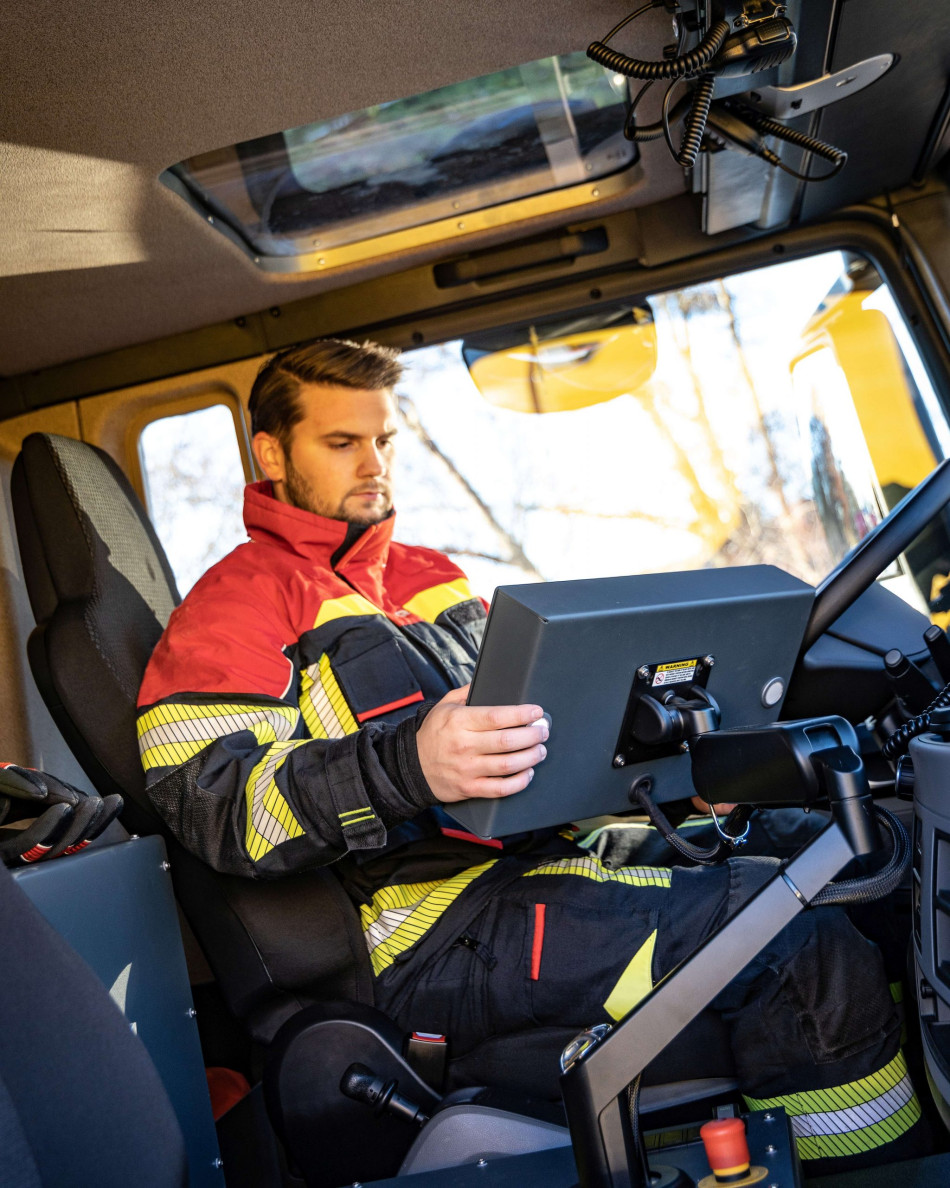
A virtual model for real emergency scenarios
A virtual model was created for the whole hydraulic system, with two PWM signals for each actuator as an input. All sensor signals were measured in reality and used as outputs such as hydraulic pressures, end positions of the actuators, CAN signals and current values.
This virtual model was used in two ways: in the first instance, it was deployed by automatic code generation onto another TTControl ECU to enable the safety software development team to perform software tests without travelling to the rescue stairs. All the relevant characteristics of the 33-ton heavy rescue stairs worth around €1 million were installed in one single controller.
In the second instance, the model was used to develop the application software. Therefore, the hardcoded current and position TTControl controllers were imported into MATLAB® Simulink®. With the support of TTControl’s dedicated TTC 580 I/O Library, a library code was generated for the ECU running the simulations.
In this way, external delivered code pieces and the mechanics model were operating in one PC simulation, independent of the production status of the machine and with no hardware involved.
Efficient software testing from the office
It turned out that everything in the simulation also worked in real life. That is also valid for the sensitive part of finding correct resting positions and keeping the first and last stair of the mainframe telescope in a flat position.
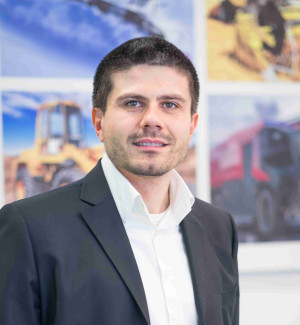
“MATLAB® Simulink® and Stateflow® allow realistic simulations even if the vehicle to be tested is not available during the development phase,” says Janosch Fauster, Director of the Application Development Center at TTControl. “TTControl systematically offers realistic real-life simulations to its customers due to our participation in the MathWorks Connections Program.”
Both TTControl and Rosenbauer even go one step further: in many projects Simulink® is not only used for the simulation environment, but also for the application software itself. The embedded code generator gives the programmer the possibility to concentrate on the software design. The hard work of writing the code after drawing the Stateflow diagram is automated by the code generator. Even if, during the commissioning, it turns out that there was a wrong assumption in the model, adding an extra state or transition is only a matter of drawing and has no big impact on software that is already programmed.
With the new method, the programmer knows that the application software is functional and has only to search for the differences or the missing testcase during the commissioning.
Also, the drawings of the software can be understood by the customer service and other stakeholders, who are not programmers. The self-explanatory designs in Simulink/Stateflow can be exported to HTML and provided to everyone involved.
With the MATLAB® simulation, the development iterations can be driven to a maximum and the programmer avoids all external influences. The software development and testing can be done efficiently in the office, decoupled from noise, stress and adverse weather conditions. This greatly improves the quality and the possibility of maintenance of the generated software.
The developer team that supported Rosenbauer on this project is part of TTControl’s new Application Development Center. The Application Development Center focuses on providing turn-key software solutions to mobile machinery manufacturers.
This ranges from simple projects with one ECU and a simple functional logic to complex architectures with several ECUs, displays and communication gateways in compliance with the necessary standards and implementation of the safety requirements across a wide variety of product groups.
Read more about TTControl’s Application Development Center here.